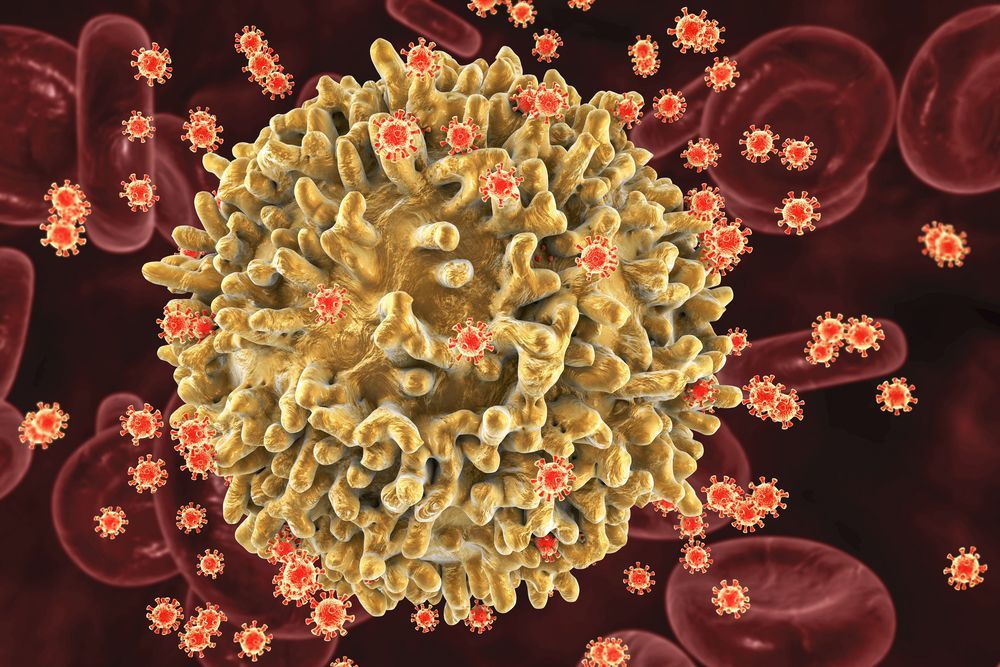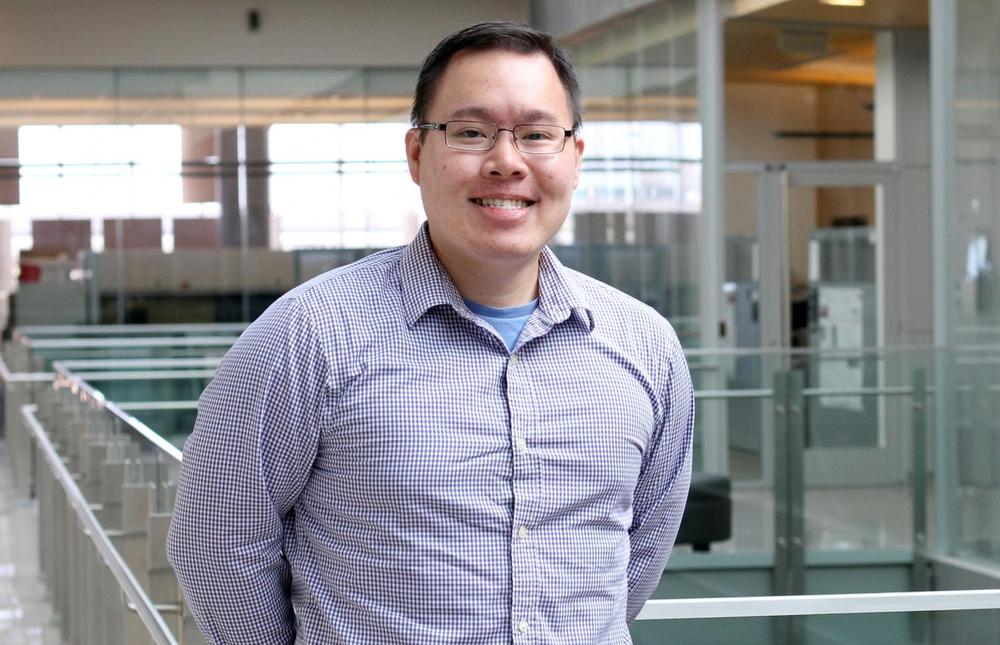Ketamine and Naltrexone you say? Weird.
Ideal new treatments for Novel Coronavirus-19 (COVID-19) would help halt the progression disease in patients with mild disease prior to the need for artificial respiration (ventilators), and also provide a rescue treatment for patients with severe disease, while also being affordable and available in quantities sufficient to treat large numbers of infected people. Low doses of Naltrexone, a drug approved for treating alcoholism and opiate addiction, as well as Ketamine, a drug approved as an anesthetic, may be able to interrupt the inflammation that causes the worst COVID-19 symptoms and prove an effective new treatment. This study will investigate their effectiveness in a randomized, blinded trial versus standard treatment plus placebo.
Detailed Description:
There is an urgent need to develop new treatments for Novel Coronavirus-19 (COVID-19) infection using easily available and affordable medications. We need to develop a treatment protocol which prevents progression of the disease and a treatment protocol to rescue those with advanced disease. In addition to anti-viral therapeutics currently under investigation in other trials, the addition of immunomodulators to the treatment regimen appears have to potential to act as agents which can reduce the pathogenicity of this disease by reducing the dysregulation of autoimmunity which is destructive of normal tissue and when unchecked rapidly leads to mortality.









